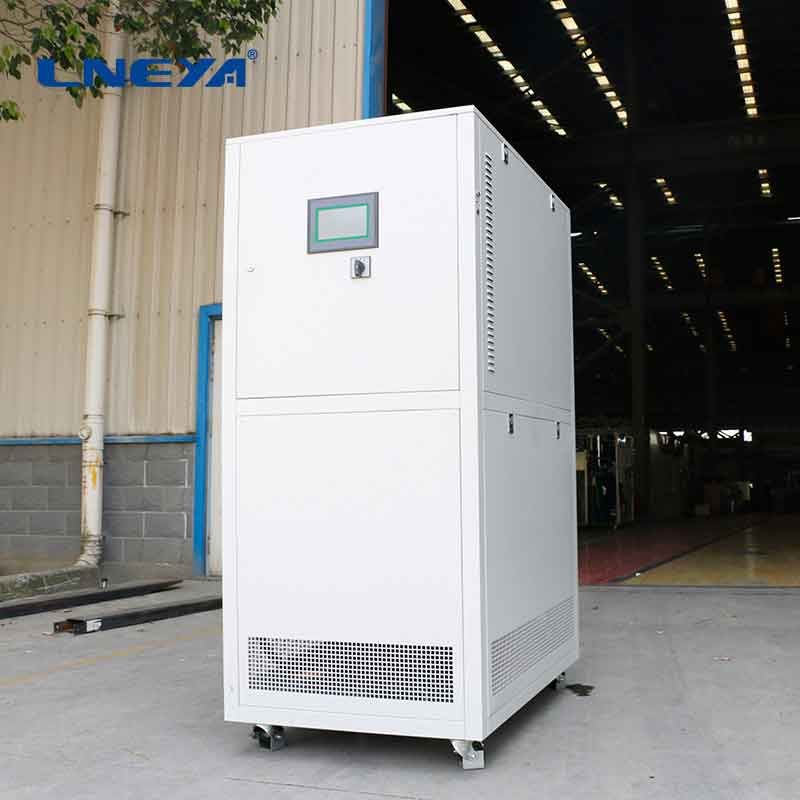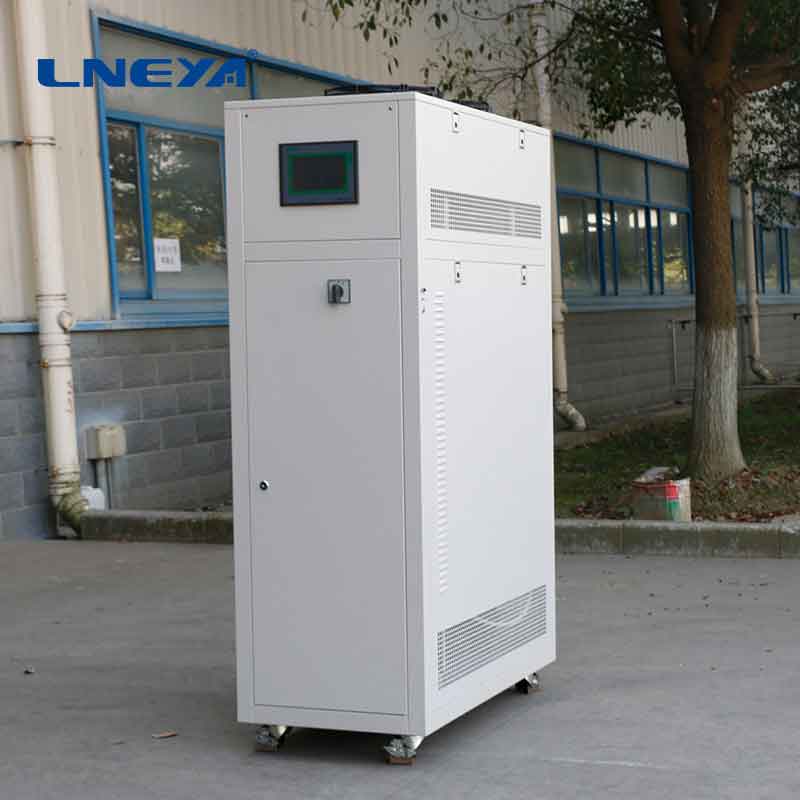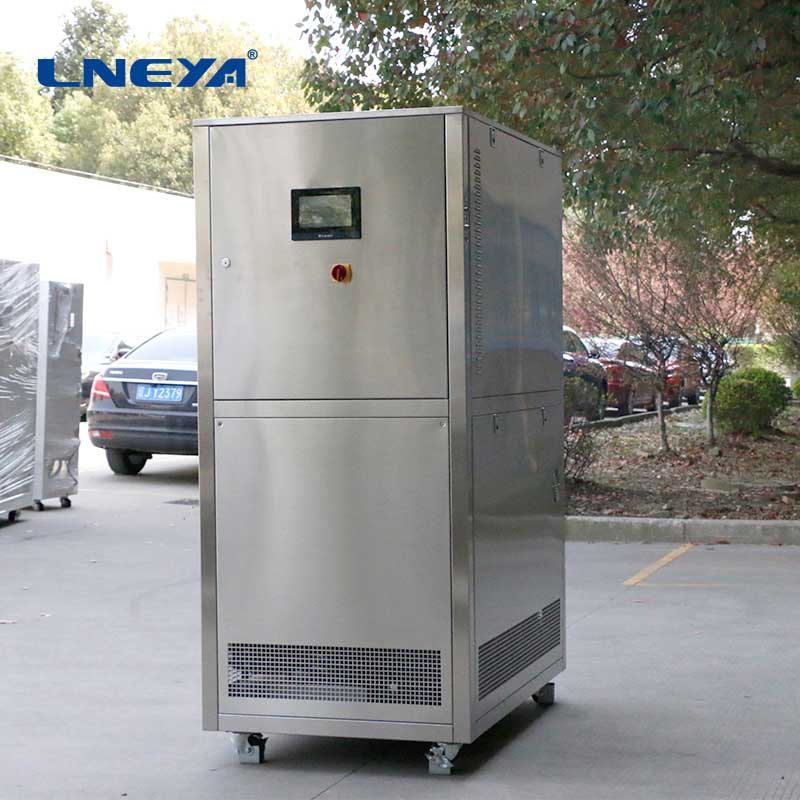heat transfer oil system
Understanding Heat Transfer Oil Systems
Heat transfer oil systems are engineered to provide precise temperature control across a range of industrial processes. These systems operate by circulating a heat transfer fluid, which can be an organic compound or synthetic material, through a closed loop of pipes and heat exchangers. The fluid’s ability to retain and transfer heat makes it an effective medium for temperature regulation in various applications.

Components and Their Functions
A typical heat transfer oil system comprises several essential components:
Pumps: Centrifugal pumps are commonly used to circulate the heat transfer fluid at high flow rates, ensuring turbulent flow through the heater and efficient heat distribution。
Heaters: These can be electric, gas-fired, or oil-fired, providing the necessary heat to raise the fluid’s temperature to the desired level.
Expansion Tanks: Vital for accommodating fluid expansion when heated and contraction when cooled, maintaining system pressure and preventing overflow。
Piping: Insulated pipes made from materials compatible with the heat transfer fluid, ensuring efficient heat transfer with minimal losses。

Filtration Units: In-line or side-stream filters help maintain fluid cleanliness, prolonging system life and efficiency.
Types of Heat Transfer Fluids
The choice of heat transfer fluid is critical and depends on the operating temperature range and the specific process requirements. Organic petroleum-based fluids are non-hazardous and non-toxic, offering efficient heat transfer and corrosion protection. Synthetic fluids may be used for higher temperature applications but require more stringent operational and disposal regulations。
Operational Procedures
Proper start-up and shutdown procedures are essential for the safe and efficient operation of heat transfer oil systems. Start-ups should begin with circulating the fluid at low temperatures and gradually increasing heat in increments to ensure turbulent flow and prevent thermal stress on the fluid。
Maintenance and Safety
Regular maintenance is crucial for the longevity and reliability of heat transfer oil systems. This includes monitoring fluid condition, checking for leaks, and inspecting the integrity of the piping system. Safety features such as pressure relief valves and temperature controls help prevent over-pressurization and overheating。

Applications
Heat transfer oil systems are used in a variety of industries, including chemical processing, plastics manufacturing, food processing, and pharmaceuticals. They are particularly useful in applications requiring high-temperature heat or precise temperature control over extended periods.
Efficiency and Optimization
The efficiency of heat transfer oil systems can be optimized by selecting the appropriate fluid, maintaining proper fluid circulation, and ensuring efficient heat exchange. Advanced control systems can also be implemented to monitor and adjust operational parameters in real-time, further enhancing efficiency。
Conclusion
Heat transfer oil systems are a critical component of many industrial processes, providing reliable and precise temperature control. By understanding the system components, operational procedures, and maintenance requirements, operators can ensure the safe and efficient operation of these systems. As with any industrial process, safety should be the primary concern, with proper design, operation, and maintenance practices in place to mitigate risks and ensure optimal performance.
Related recommendations
water chiller suppliers
325Water Chiller Suppliers: A Complete Guide Introduction Water chillers are essential for maintaining optimal temperatures in various applications, from industrial processes to HVAC systems. C...
View detailsthermal chuck
420Understanding Thermal ChucksA thermal chuck is a specialized device designed to precisely control the temperature of an object or workpiece that is attached to it. It plays a critical role in vari...
View detailscompression chillers
521Compression Chillers: An In-Depth Analysis Definition of Compression ChillersCompression chillers are mechanical systems that use the vapor compression refrigeration cycle to transfer heat from...
View detailsindustrial heater company
291Industrial Heater Companies: An In - Depth Analysis Industrial heater companies play a vital role in numerous sectors by providing essential heating solutions that ensure the smooth operation ...
View details
 LNEYA Chiller
LNEYA Chiller






HelloPlease log in